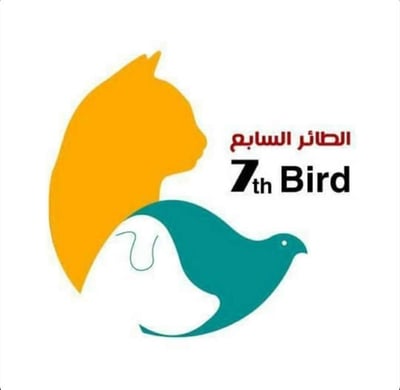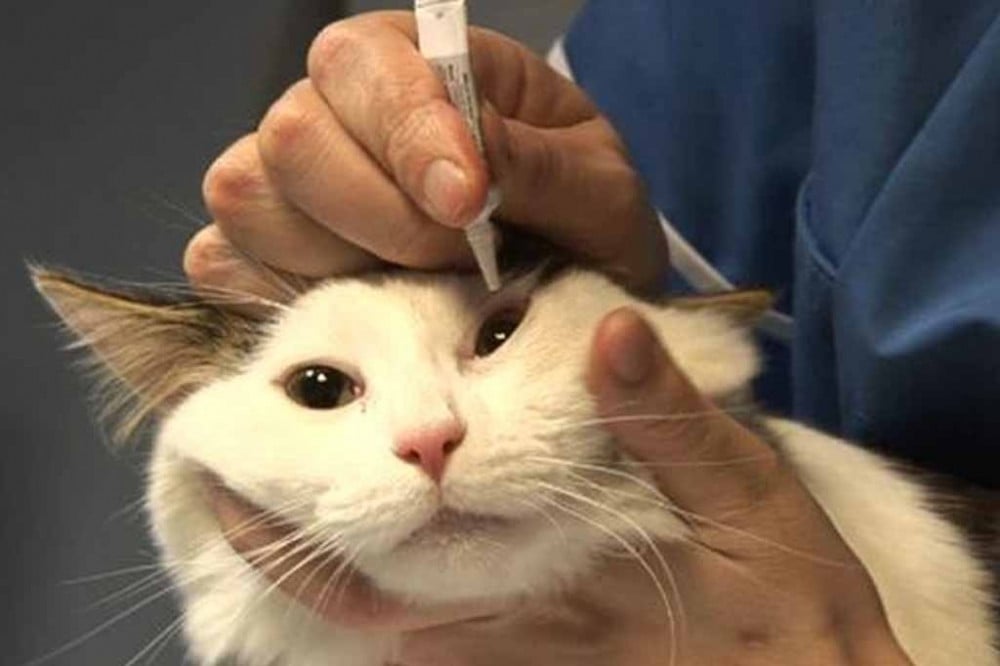What is eye inflammation?
This disorder is incredibly common. In fact, most cats are likely to suffer from this mild condition. Certain strains have a predisposition to develop conjunctivitis. The condition may also develop due to a bacterial infection or as a side effect of another illness.
Feline eye infection, also known as conjunctivitis, is the most common eye disorder in cats. Conjunctivitis occurs when the conjunctiva — the mucous membrane that protects the eyeballs and lines both sets of eyelids — becomes inflamed.
Symptoms of eye inflammation in cats
While the condition is fairly common, you will need to make sure your cat receives immediate veterinary attention as soon as you notice any of the following symptoms:
- Excessive eye watering
- The presence of tears, especially if they are cloudy
- Yellow discharge from the eye
- The third eyelid is red or swollen
- Staring or keeping eyes closed
- Excessive blinking
Causes of eye inflammation in cats
The causes of conjunctivitis can be either infectious or non-infectious. Infectious causes may include bacterial, viral, or fungal infections. Conjunctivitis is a common and frequent side effect of the herpes virus. Non-infectious causes may include an allergic reaction, irritation due to the presence of foreign bodies, and exposure to chemicals, toxins, and certain plants. Conjunctivitis may also develop as a symptom of another disease such as eye cancer or tumors and feline leukemia.
<<<< Ways to prevent eye inflammation in cats >>>
You can help avoid eye problems in your cat by keeping up with its annual vaccinations, avoiding cat overpopulation, and checking your cat's eyes frequently for redness, cloudiness, a change in color or shape, discharge, or sensitivity to light.
Treatment of eye infection in cats
Treatment depends on what is ailing your cat's cornea, but it may include:
Keeping your cat's eyes clean , applying antibiotic eye drops or ointment, or eye drops that promote healing, removal of soft corneal tissue, or surgery
In many cases of mild conjunctivitis that does not have an infectious cause, the condition may clear up on its own. However, it is not wise to delay veterinary treatment based on this fact, as conjunctivitis may be a symptom of another, more serious condition.
How to treat conjunctivitis depends on whether or not a disease or infection is causing it. Treatment usually takes two to three weeks.
Healing eye inflammation in cats
Your cat's prognosis will depend on the cause of the condition. In most cats, conjunctivitis goes away with proper treatment . As with most antibiotic treatments, symptoms may start to go away before the recommended treatment time is up. However, it is essential that you continue to take the medication for the full prescribed treatment period. Failure to do so may lead to repeated aggression.
If you've ever tried giving your cat drops, you know this can be difficult. Eye drops prescribed for conjunctivitis often require that they be administered more frequently, up to 6 times daily. You may find it easier to provide these medications if you have someone else to help you keep your cat still. If you are not sure, ask your vet to show you how to administer the medication.

